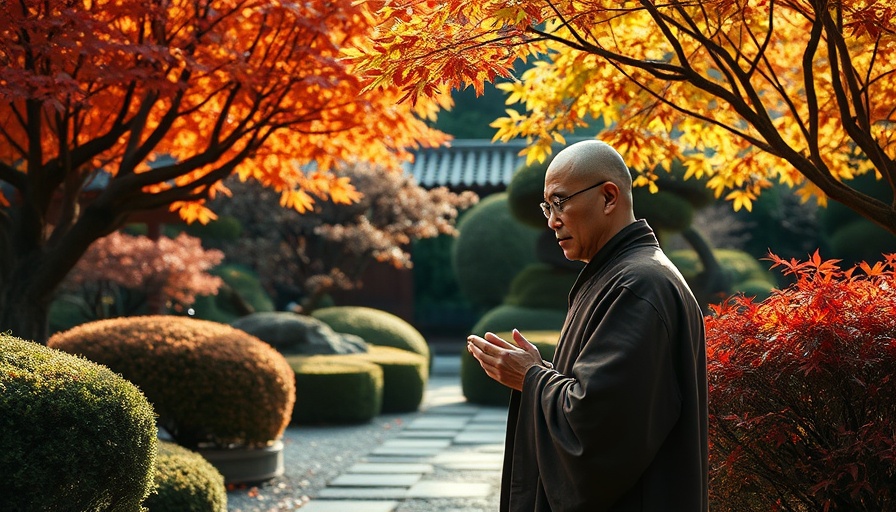
Japan's Luxury Travel Market Surges: Key Insights and Trends
Japan's flourishing luxury travel market is experiencing a remarkable renaissance, as visitor numbers and expenditures reach unprecedented heights. In 2024, the Japan National Tourism Organization reported a striking 36.87 million international visitors, surpassing pre-pandemic levels. This surge marks a pivotal moment in the region's high-end tourism, reflecting not just recovery but opens new avenues for luxury travelers.
Why the Rise in Visitor Spending?
Several interlinked factors are propelling this growth, with one notably standing out: the weakening Japanese yen. The currency devaluation has significantly made luxury experiences and goods more affordable for foreign tourists, particularly from countries like the US and Australia. This has ignited a spending spree among visitors eager to indulge in Japan's luxurious offerings.
This revival translates into impressive economic returns for the nation, with total tourism expenditures soaring to 34.3 trillion yen, roughly equivalent to $237 billion US dollars. International visitors alone contributed approximately 8.1 trillion yen, or $56 billion, cementing tourism as Japan's second-largest export sector, just after automobiles.
What Attracts Luxury Travelers to Japan?
Japan's cultural richness is undeniably an irresistible lure for affluent tourists. The landscape is dotted with historic temples, world-renowned culinary delights, and immersive cultural experiences, all adding layers to the traveler’s understanding of Japan. More than just sightseeing, luxury travelers seek authentic engagement with Japan's storied traditions and art forms, from tea ceremonies to intricate culinary arts.
Additionally, the landscape of luxury accommodation in metropolitan centers like Tokyo, Kyoto, and Osaka has expanded. Upscale hotels and resorts provide not just comfort but world-class amenities that cater to discerning preferences, intertwining luxury with cultural experiences.
The Skiing Boom: A Winter Wonderland
Particularly significant is the increase in visitors seeking Japan's acclaimed skiing destinations. Areas like Hokkaido and Myoko are fast becoming premier winter sports locales due to Japan's famous 'powder snow.' This winter sports resurgence aligns perfectly with Japan's luxury travel boom, attracting travelers looking for high-end ski experiences.
Emerging Markets and Visitor Demographics
The demographics of travelers to Japan are diversifying. While the US and European visitors still form a sizable chunk of luxury travelers, a noticeable uptick in tourists from Southeast Asia and Oceania is unfolding. For instance, the number of Australian travelers surged by 46.3% in early 2024 compared to 2019, driven by favorable currency exchange rates and increased airline capacities.
Balancing Growth with Sustainability
While the soaring demand presents vast economic opportunity, it also raises valid concerns regarding overtourism. Iconic destinations like Mount Fuji are facing the brunt of this influx, leading local authorities to implement visitor caps and fees to control congestion. The Japanese government is determined to foster sustainable tourism practices, promoting lesser-known regions to distribute the tourism impact more evenly.
The Future of Luxury Travel in Japan
Japan's luxury travel market indicates sustained potential, coupled with challenges that require thoughtful responses. By balancing visitor growth with sustainability and promoting rich cultural experiences, Japan can solidify its standing as a premier global luxury destination. As trends evolve, the interplay between culture, economy, and environmental demands will shape the future landscape of luxury travel.
Japan is not just a destination but a rich tapestry of experiences, steeped in history and cultural immersion, inviting thoughtful travelers to explore its luxurious offerings.
 Add Row
Add Row  Add
Add 




Write A Comment